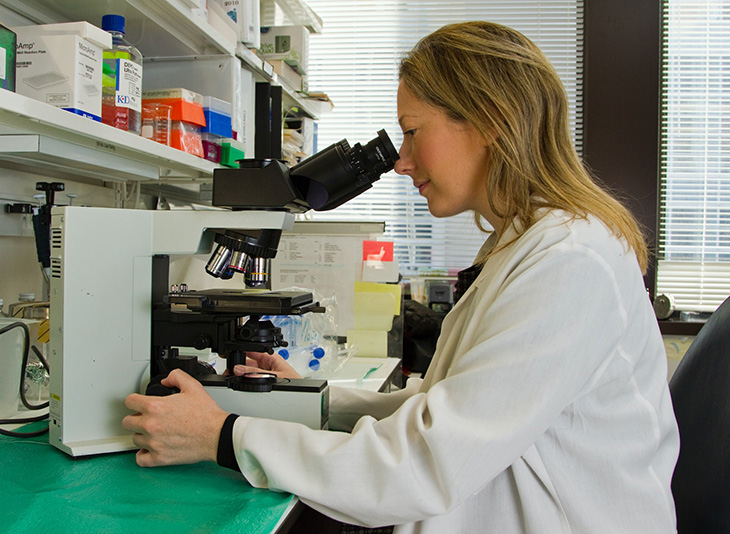Glycosylation, a crucial post-translational modification involving the attachment of sugar molecules to proteins, profoundly impacts the stability, efficacy, and safety of recombinant proteins and viral vectors used in therapeutic applications. This modification not only influences the protein's structural integrity but also its functionality, including its pharmacokinetics and immunogenicity. Proper glycosylation ensures that these biopharmaceuticals attain a native-like structure that is crucial for their biological activity, particularly in the complex environment of human physiology.
Achieving accurate glycosylation in recombinant protein and viral vector manufacturing is challenging, primarily due to the differences in glycosylation pathways among various expression systems. Bacterial systems like E. coli, often used for their rapid growth and high-yield protein production, do not naturally glycosylate proteins. In contrast, yeast, insect, and mammalian cells each introduce glycosylation with distinct structures that may not replicate human glycosylation patterns precisely. Mammalian systems, particularly Chinese Hamster Ovary (CHO) cells, are preferred for their ability to perform complex and human-like glycosylation, essential for therapeutic efficacy and reduced immunogenicity. This ability is critical in viral vector manufacturing, where the glycosylation of vector proteins can influence both the safety and the immune system's response to the vector.
Specific Glycosylation Types and Their Impacts
Fucosylation, sialylation, and galactosylation are specific types of glycosylation that significantly influence the biological activity and clinical efficacy of therapeutic proteins and viral vectors. Fucosylation can impact the antibody-dependent cellular cytotoxicity, a crucial function in many antibody-based therapies. Sialylation affects the stability and circulating half-life of proteins, enhancing their systemic availability. Galactosylation can influence the inflammatory response of immune cells. Mastery over these glycosylation types is crucial for optimizing product function and reducing immunogenic responses, particularly in the production of viral vectors. Glycoanalytics plays a vital role in this process, providing the necessary insights to optimize glycosylation patterns during development.
Complex Landscape of Glycoanalytics
Glycoanalytics is a crucial but challenging process in the development and quality control of biopharmaceuticals. The difficulty arises from the inherent complexity of glycosylation—the attachment of sugars to proteins—which can vary greatly even among batches of the same biologic. The non-template driven nature of glycan synthesis means that each molecule can bear a unique glycan structure, affecting the molecule’s stability, efficacy, and safety. High-precision techniques like mass spectrometry and HPLC are employed to characterize these variations, but their high sensitivity and specificity requirements make glycoanalytics a resource-intensive endeavor. Each analysis must be finely tuned to detect the smallest differences in glycan structures, demanding extensive expertise and technological capabilities. This complexity underscores the need for rigorous glycoanalytical methods to ensure that biopharmaceuticals are both safe and effective for patient use.
STEP® Technology in Glycoengineering
Developed by Batavia Biosciences, STEP® technology, or "Stable High Yield Protein Expression Technology," is a pivotal advancement in the field. This technology enhances production yields in mammalian cells, which are crucial for manufacturing glycosylated proteins and viral vectors. This plasmid-based expression system integrates novel potent expression enhancer elements, allowing for the rapid generation of stable cell lines that produce high yields of proteins with desired glycosylation profiles. STEP® technology is particularly beneficial in viral vector manufacturing, where it can significantly enhance the scale and efficiency of production processes, ensuring that therapeutic doses are met with higher quality and lower costs.
Regulatory and Quality Control in Glycosylation
The regulatory oversight of glycosylated recombinant proteins and viral vectors is stringent, reflecting the modification's complexity and importance. Regulatory bodies like the FDA and EMA require detailed characterization and consistency of glycosylation profiles as part of the approval process for new biologics and viral vector-based therapies. Sophisticated analytical techniques, such as detailed glycan mapping and quantification, are employed to ensure batch-to-batch consistency. These quality control protocols are crucial in maintaining the safety and efficacy of therapies, making glycosylation one of the most critical quality attributes in the biopharmaceutical manufacturing process.
Shortly, glycosylation plays a pivotal role in the manufacturing of recombinant proteins and viral vectors, influencing everything from therapeutic activity to market success. As biotechnology advances, the ability to manipulate and control glycosylation precisely will continue to be crucial in developing new and more effective biopharmaceuticals. Ensuring correct glycosylation patterns through advanced glycoengineering and stringent regulatory practices is essential for enhancing treatments for patients worldwide. This ongoing evolution in glycoengineering, exemplified by technologies like STEP®, highlights the dynamic nature of this field and its impact on the future of medicine.
























